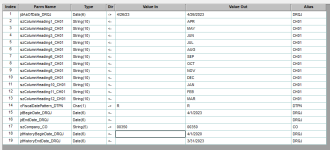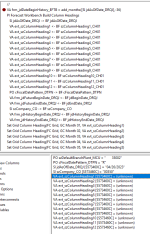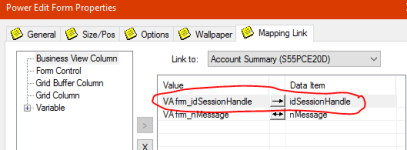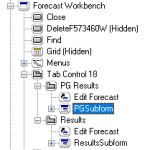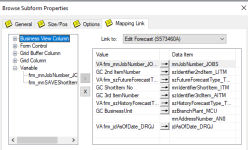Jeff George
Well Known Member
I am using a custom NER that's part of an application. I have modified an Event Rule in the Interactive Application using this NER, passing a new Processing Option value as part of the input parameters. The NER returns a number of values to variables. I have not modified the NER; I've simply added an additional parameter. During program execution after processing this NER I see that the variables are not populated. I think this is causing issues further down the road because it's turning execution back over to the user instead of creating grid column headers that would normally be created by those variables. The user puts in their criteria and clicks Find. The next time the application processes this NER I get a Web Client Exception error, but nothing is in the logs, so I'm not sure what to do next or what specifically is causing the exception.
As I said, I have not modified the NER, though I did rebuild it just in case it would make a difference. It didn't. I've also used ObjectBrowser to test the NER, using the same parameters that the program is passing, and is successfully returns the variables. I don't know why it's not doing it during program execution.
As I said, I have not modified the NER, though I did rebuild it just in case it would make a difference. It didn't. I've also used ObjectBrowser to test the NER, using the same parameters that the program is passing, and is successfully returns the variables. I don't know why it's not doing it during program execution.

